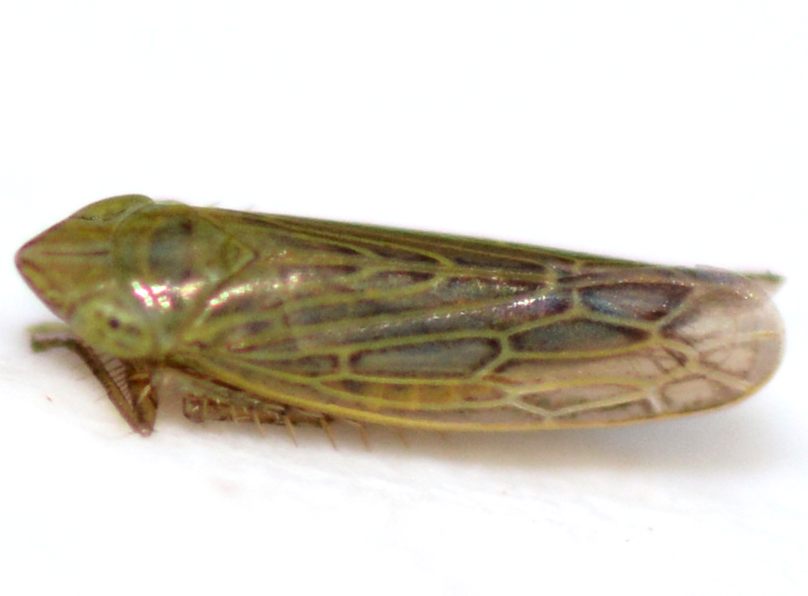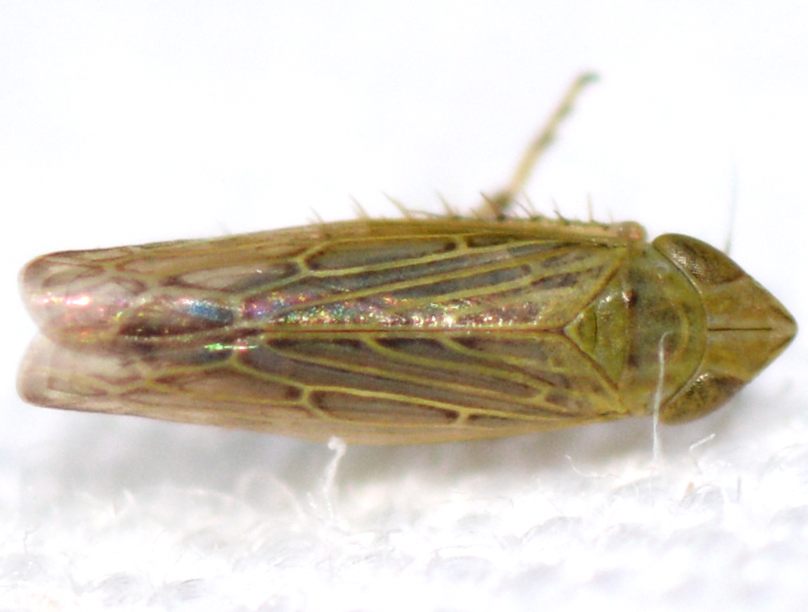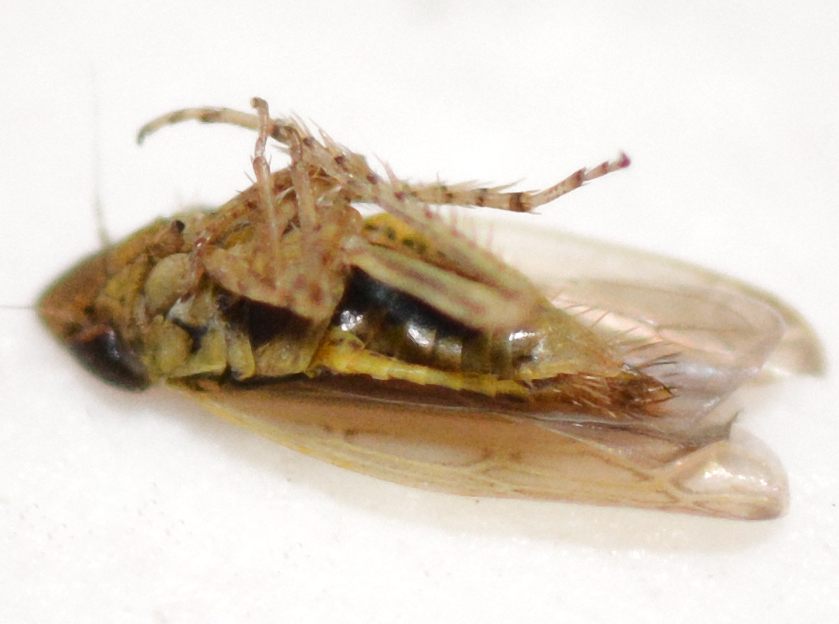Species Photo Gallery for Laevicephalus unicoloratus No Common Name 13 |
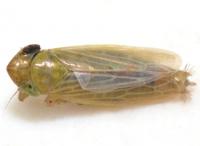 | Photo by: Kyle Kittelberger, Brian Bockhahn, Paul Scharf
New Hanover Co.
Comment: marsh grass: black needlerush, spartina, etc.; male | 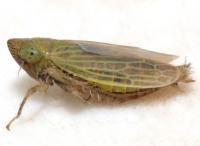 | Photo by: Kyle Kittelberger, Brian Bockhahn, Paul Scharf
New Hanover Co.
Comment: marsh grass: black needlerush, spartina, etc.; male |
 | Photo by: Kyle Kittelberger, Brian Bockhahn, Paul Scharf
New Hanover Co.
Comment: marsh grass: black needlerush, spartina, etc.; male | 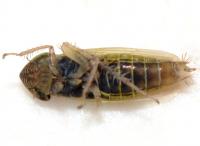 | Photo by: Kyle Kittelberger, Brian Bockhahn, Paul Scharf
New Hanover Co.
Comment: marsh grass: black needlerush, spartina, etc.; male |
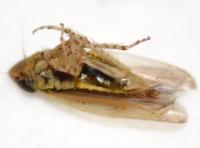 | Photo by: Kyle Kittelberger, Paul Scharf
Wake Co.
Comment: brushy habitat near mixed hardwood forest; male, 3.0 mm long | 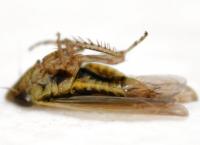 | Photo by: Kyle Kittelberger, Paul Scharf
Wake Co.
Comment: brushy habitat near mixed hardwood forest; male, 3.0 mm long |
 | Photo by: Kyle Kittelberger, Paul Scharf
Wake Co.
Comment: brushy habitat near mixed hardwood forest; male, 3.0 mm long | 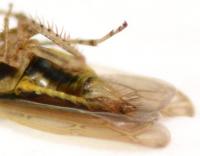 | Photo by: Kyle Kittelberger, Paul Scharf
Wake Co.
Comment: brushy habitat near mixed hardwood forest |
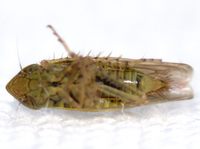 | Photo by: Kyle Kittelberger, Paul Scharf
Wake Co.
Comment: brushy habitat near mixed hardwood forest; note fingerlike projections in subgenital plates | 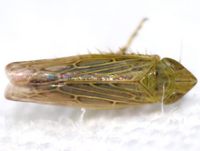 | Photo by: Kyle Kittelberger, Paul Scharf
Wake Co.
Comment: brushy habitat near mixed hardwood forest |
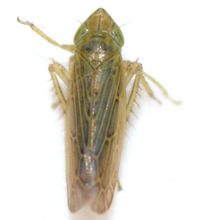 | Photo by: Kyle Kittelberger, Paul Scharf
Wake Co.
Comment: brushy habitat near mixed hardwood forest |  | Photo by: Kyle Kittelberger, Paul Scharf
Wake Co.
Comment: brushy habitat near mixed hardwood forest |
 | Photo by: Kyle Kittelberger, Paul Scharf
Wake Co.
Comment: brushy habitat near mixed hardwood forest |

 »
»